This article was co-authored by Jason Myerson, DPT, DMT, OCS, FAAOMPT. Jason Myerson is a Physical Therapist and a Certified Orthopedic Specialist. He is affiliated with Performance Physical Therapy & Wellness with clinics located in Connecticut. He serves as adjunct faculty in the Physical Therapy Department at Quinnipiac University. Jason specializes in helping active people get back to hobbies, activities, and sports they love while utilizing an integrated approach to wellness. He holds an MA in Physical Therapy from Quinnipiac University and a Doctorate in Physical Therapy (DPT) from Arcadia University. He is Residency and Fellowship trained in Orthopedic Manual Therapy, achieved a Doctorate in Manual Therapy (DMT) and became a Fellow of the American Academy of Orthopedic Manual Physical Therapists (FAAOMPT).
There are 12 references cited in this article, which can be found at the bottom of the page.
This article has been viewed 91,070 times.
Your spine is a column of bones (vertebrae) that run down from your head to your buttocks. The spinal column contains the spinal cord, which is a dense collection of nerves connecting your brain to the rest of your body. Contrary to popular belief, a healthy, normal functioning spine should not be absolutely straight.[1] Instead, the spine has natural curves (particularly in the neck and low back), which allow for better stability and range of motion. As such, the spine is shaped similar to the letter "S" when viewed from the side. However, the spine should appear relatively straight, with minimal lateral curvature, while looking at it from the backside. Taking care of your back will help preserve it's natural curvy segments (cervical and lumbar), as well as the less curved segments (such as the thoracic).
Steps
Caring for Your Spine
-
1Strive for good posture. Maintaining good posture while you sit and walk is crucial for the shape, function and overall health of your spine. Good posture doesn't mean completely straight, but it does mean balanced and aligned, such that the normal shape of your spine isn't compromised. Slouching is a classic sign of poor posture, so keep your shoulders pulled back, head up and low back slightly arched when you sit and walk. Good posture is often a reflection of confidence and good health.[2]
- While at work, make sure your office chair is height-adjustable and has lumbar support for your low back. At home, use small cushions to support your back while watching TV.
- Make sure your computer is at eye level.[3] It should also be centered in front of your chair. Otherwise you risk straining your neck and triggering headaches.
- Practicing walking with a book balanced on your head may sound old school, but it's still a great way to learn good posture.
-
2Sleep on a supportive mattress. Your sleeping position is another important element of body posture. You spend about 1/3 of your time in your bed, so pay more attention to the quality of your mattress and your sleeping posture. For many people, firm mattresses are the best choice in order to provide the necessary support for their spines. Memory foam top covers may also be of benefit and provide more comfort. You should consider changing spring mattresses every eight to 10 years, whereas memory foam mattresses may have a shorter life span — rotate them on a weekly basis to increase longevity. The thickness of your pillow should roughly match the width from your shoulder to your ear, which helps to keep your neck aligned during sleep.[4]
- Most medical / health authorities feel that the best sleeping posture is laying on your side with hips and knees slightly flexed, and with a small pillow wedged between your thighs.[5]
- Don't read in bed with too many pillows behind your head because it will put strain on your neck and act to reverse the normal curvature of your cervical spine.
Advertisement -
3Wear only quality shoes that fit properly. Your feet are important for good biomechanics (movement) and posture because they are the foundation or base for your body. Problems in your feet are translated up the chain, including to your spine. Thus, wear sturdy shoes with supportive arches, slightly raised heels (between 1/2 – 3/4 of an inch) and enough room for your toes so that you can wiggle them. Avoid regularly wearing narrow high-heeled shoes because they create foot problems and affect the body’s center of gravity (pushing you forward), which leads to compensatory alignments in the pelvis and spine.[6]
- More specifically, wearing high heels leads to excessive curvature in the low back, a condition called hyperlordosis of the lumbar spine.
- If you are overweight, have flat feet or a short leg, then consult with a podiatrist or chiropractor about getting custom-made orthotics (shoe inserts) or heel lifts. Orthotics promote an aligned and functional pelvis / spine by supporting your arches and compensating for any leg-length discrepancy.
- Causes of anatomically short legs include a fractured ankle, leg or pelvis that doesn't heal perfectly, knee surgery, bone malformation during childhood and some bone diseases.
-
4Be active and move your body more. Mild-to-moderate exercise has numerous health benefits, including potential weight loss and increased muscle strength, which help prevent the spine from becoming overly stressed.[7] Obesity puts too much pressure on spinal and peripheral joints, making them more prone to wearing out (osteoarthritis) and becoming misaligned. Furthermore, strong muscles (via tendon connections) help keep bones and joints in their optimal positions, assuming you train properly. As such, be careful not to overwork certain muscle groups with resistance training while ignoring their antagonist muscles, as that can trigger musculoskeletal imbalance and poor spinal posture. Ask a personal trainer, physiotherapist or chiropractor about important postural muscles before you start a training regimen at home or at the gym.
- Exercises that strengthen your spine include using the rowing machine, doing reverse sit-ups and lifting weight in the military press position — all promote better upper body posture.
- If lifting weights isn't your thing, then pilates and yoga can certainly stretch, strengthen and align your core muscle groups (abdomen, pelvis, low back), which create the foundation of good posture. Stretching the chest muscles can open up the tight muscles in the front of the body.
-
5Eat foods rich in minerals and vitamins. In order to maintain strong, straight and healthy bones, you need to eat enough minerals and vitamins in a regular basis. Calcium, phosphorus and magnesium form the mineral matrix of your bones (including your spine) and a dietary deficiency in any of these can lead to weak and brittle bones (osteoporosis) that are susceptible to breaking. Vitamin D is also important for strong bones because it's needed for normal mineral absorption in the intestines.[8] A lack of vitamin D leads to "soft" bones (rickets or osteomalacia) that are easily deformed with weight bearing. Vitamin K, well known for its blood clotting function, is not as well recognized for its importance for strong bones. A lack of vitamin K also contributes to weak bones.
- The best food sources of calcium include: collards, kale, spinach, sardines, tofu, almonds and sesame seeds.[9]
- Vitamin D3 is produced in the body in response to summer sunshine and is the best one to supplement with. Good food sources include fatty fish (salmon, tuna, mackerel), fish liver oil, beef liver, hard cheese and egg yolks.
- Vitamin K2 is made in small amounts by the bacteria that line your gastrointestinal tract and is also the best supplemental choice. Good food sources include fermented natto, hard cheese, egg yolk, butter, chicken liver and salami.[10]
Seeking Professional Help
-
1Get screened for scoliosis. Scoliosis is a medical term for an abnormal lateral curve in the spine (typically in the thoracic or mid-back region) that can cause deformity, chronic pain and reduced range of motion.[11] For reasons not well understood, some babies are born with scoliosis (congenital), while other people develop it during their adolescent years (idiopathic). Scoliosis screenings are typically conducted on middle-school kids by resident nurses, but medical doctors, chiropractors and physiotherapists are also qualified to screen you for scoliosis. Screening involves flexing forward at the waist and looking for shoulder blade alignment. If one blade sticks up significantly more than the other, then a thoracic spine scoliosis is very likely.
- Scoliosis screening is most important for adolescents because some relatively effective treatments exist during this developmental stage (such as bracing or implantation of metal rods), which can slow or stop the progression of the deformity.
- Adolescent girls have a greater risk of developing aggressive forms of scoliosis compared to boys.
- Lateral curves can occur virtually anywhere in the spine, but they are most common in the thoracic region.
-
2Consult with your doctor or medical specialist. If it appears you have a lateral curve (scoliosis) in your spine, due to a positive screening or because your body looks lopsided in a mirror, then consult with your doctor or a medical specialist such as an orthopedist. As noted, mild scoliosis doesn't often cause symptoms, but the greater the deformity the greater the chances of spinal pain and dysfunction.[12] Your doctor or orthopedist will thoroughly examine your spine and probably take spinal x-rays to better understand the extent of your issue. If appropriate, your doctor will also look for common adulthood causes of scoliosis, such as osteoarthritis, osteoporotic fractures, osteomalacia and herniated discs.[13]
- Your doctor may also recommend a CT scan, MRI or bone scan to better diagnose your spinal problem.
- Scoliosis runs in families and likely has a genetic component. As such, kids who have parents, brothers or sisters with scoliosis should have regular checkups and screenings.
-
3Talk to your doctor about spinal surgery. Spinal surgery should be considered as a last resort for the vast majority of people who have issues and pain in their spines, but it can be the first choice for an adolescent who has a rapidly progressive scoliosis. Surgery for scoliosis often involves fusing together two or more vertebrae with bone grafts and inserting a metal rod or other device for structural support.[14] . The goal is to realign and fuse together the curved vertebrae so that they heal into a straight, solid segment. Keep in mind that surgery is used mainly to correct a curve or stop it from progressing while an adolescent is still growing, and not for adults who may have some scoliosis. However, spinal fusion surgery is appropriate for elderly adults who have osteoporotic fractures of the thoracic spine, which often gives them a hunchback appearance.
- Metal rods (stainless steel or titanium) are used to hold the straightened spine in place until the bone fusion is complete. They are attached to the spine with screws, hooks, and/or wires and then often removed when the child becomes an adult.
- Potential complications from spinal surgery include infection (osteomyelitis), allergy to anesthesia, nerve damage / paralysis and chronic pain.
-
4See a chiropractor or osteopath. Chiropractors and osteopaths are spinal specialists who tend to use natural, hands-on methods for treating spinal problems and other musculoskeletal issues. They can check your spine for any abnormalities such as unusual curves, restricted or malpositioned spinal facet joints and/or tight paraspinal muscles. If there is an issue in the spine, a type of physical manipulation called a spinal adjustment is used to reposition the facet joints and restore normal mobility. Spinal adjustments can't reverse moderate-to-severe scoliosis, but they can be important for maintaining normal spinal alignment and function.
- Regular spinal treatments (perhaps monthly) from a chiropractor or osteopath is helpful for most causes of spinal pain and it promotes better posture.
- The popping or cracking sound of spinal adjustments is caused by pressure change in the joints, which results in nitrogen gas bubbles being released and imploding.
Warning
- Don't attempt to straighten your own back if you notice something crooked or uneven. Without the proper knowledge and techniques, you'll likely cause more damage and pain. Have your issue assessed by a healthcare professional.
References
- ↑ http://www.mayfieldclinic.com/PE-AnatSpine.htm#.VdoxI5f9O1s
- ↑ https://medlineplus.gov/guidetogoodposture.html
- ↑ Jason Myerson, DPT, DMT, OCS, FAAOMPT. Physical Therapist & Certified Orthopedic Specialist. Expert Interview. 15 April 2020.
- ↑ https://www.urmc.rochester.edu/encyclopedia/content.aspx?ContentTypeID=1&ContentID=4460
- ↑ https://www.urmc.rochester.edu/encyclopedia/content.aspx?ContentTypeID=1&ContentID=4460
- ↑ http://www.spine-health.com/wellness/ergonomics/five-more-tips-reducing-back-pain-office
- ↑ https://www.cdc.gov/physicalactivity/basics/pa-health/index.htm
- ↑ https://ods.od.nih.gov/factsheets/VitaminD-HealthProfessional/
- ↑ https://www.helpguide.org/articles/healthy-eating/calcium-and-bone-health.htm
- ↑ https://www.ncbi.nlm.nih.gov/pmc/articles/PMC4566462/
- ↑ http://www.mayoclinic.org/diseases-conditions/scoliosis/basics/definition/con-20030140
- ↑ http://www.niams.nih.gov/Health_Info/Scoliosis/scoliosis_ff.asp
- ↑ https://my.clevelandclinic.org/health/diseases/15837-adult-scoliosis
- ↑ http://www.niams.nih.gov/Health_Info/Scoliosis/scoliosis_ff.asp
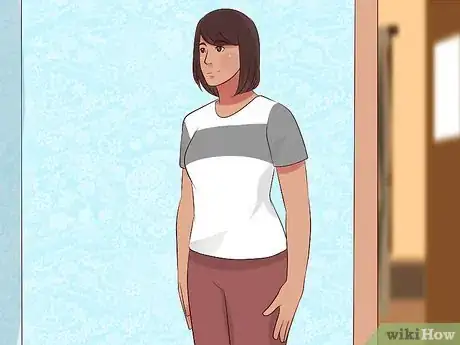

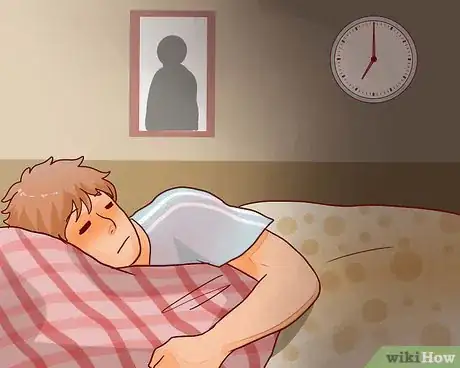
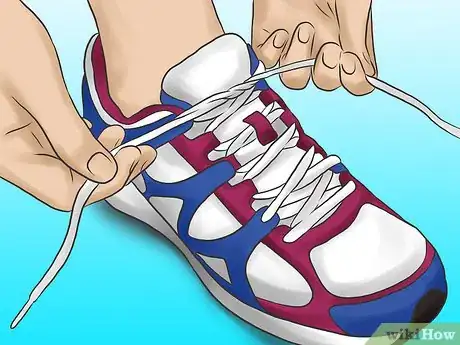
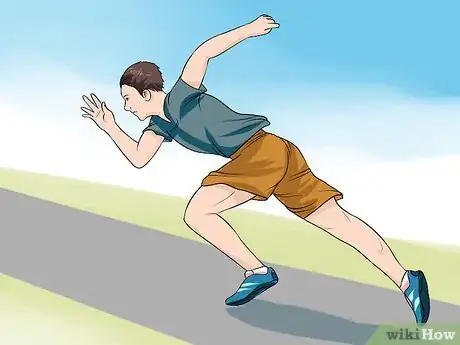
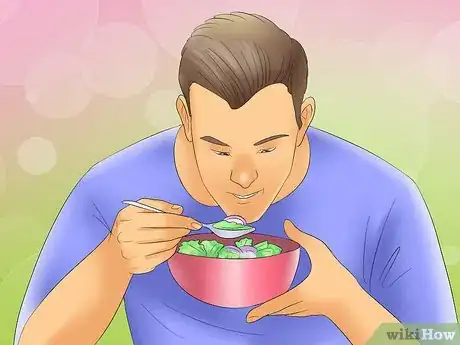
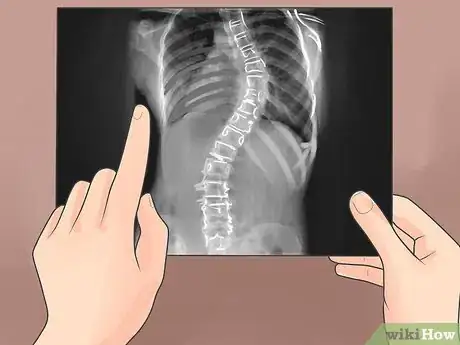
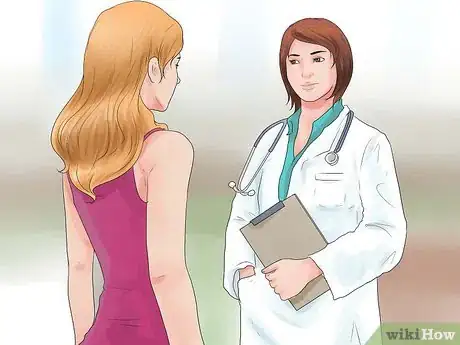
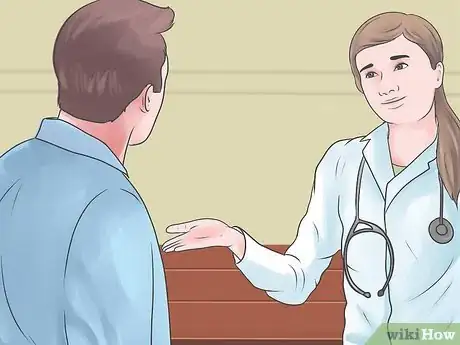
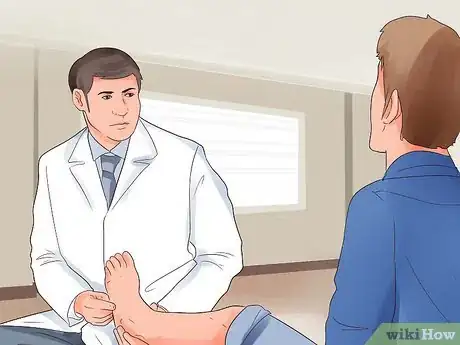
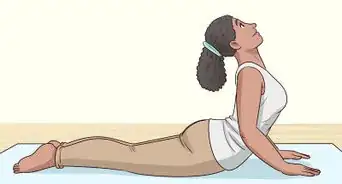
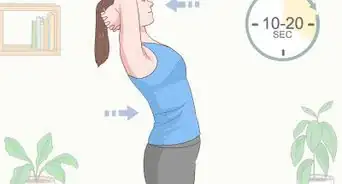
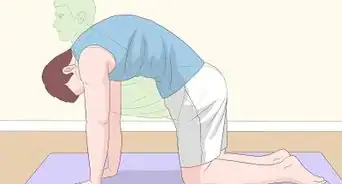
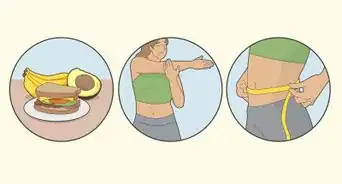
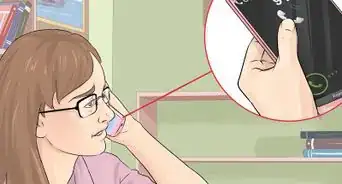
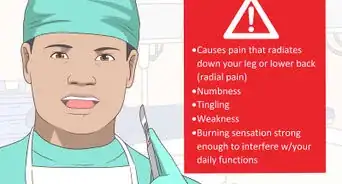
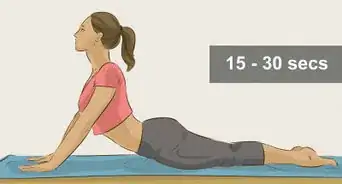
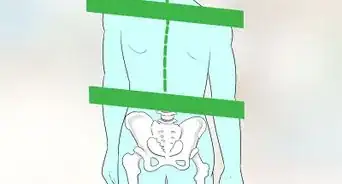
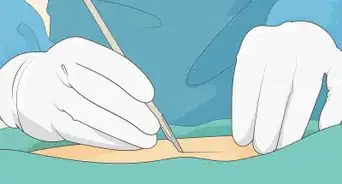
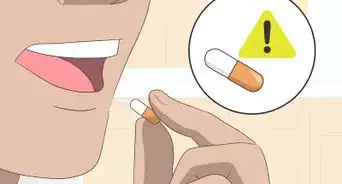
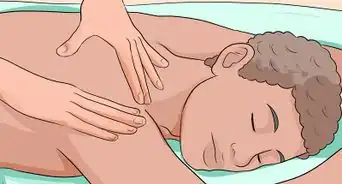
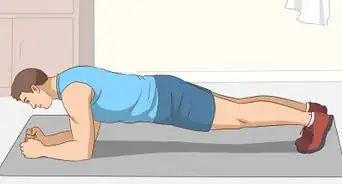
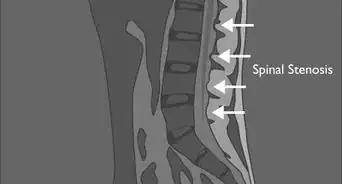






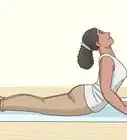
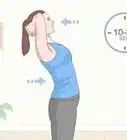
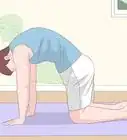
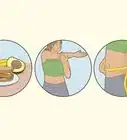



































Medical Disclaimer
The content of this article is not intended to be a substitute for professional medical advice, examination, diagnosis, or treatment. You should always contact your doctor or other qualified healthcare professional before starting, changing, or stopping any kind of health treatment.
Read More...